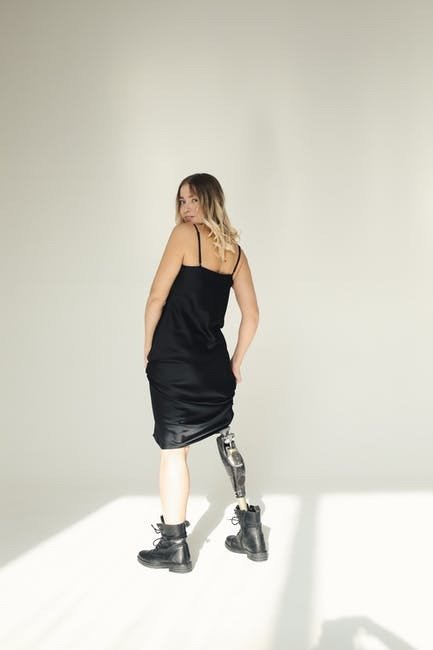Who Can Benefit From Orthotics And Prosthetics?

Orthotics and prosthetics (O&Ps) practitioners combine artistic skills coming from science, art and technical expertise to design, manufacture and fit prosthetic limbs (or orthoses). They are specialists in correcting the skeletal or joint mobility of patients, to overcome mobility impairments. Orthotics and Prosthetics can be used for a variety of conditions including: arthritic conditions, birth defects, deformities resulting from accidents, tumors, gout, diabetes, bone fractures, hammer toe, hip fractures, knee injuries, lower limb pain, muscular skeletal ailments, neuromuscular or musculoskeletal issues, and disorders of the musculoskeletal system. Some orthotics can also help with sensory processing disorders. O&Ps can also tailor fit orthotics to address the special needs of individuals, including aging and growth, athletes or patients of certain health conditions.
Orthotics and prosthetics are therapeutic devices like the prosthetic leg that help maintain the movement of bones, muscles and tendons. O&Ps can provide traction for bones and ligaments during rehabilitation. Devices such as braces and crutches are used to secure the skeletal structure of the body so that it can bend and extend like it did naturally. These devices have become very valuable for those suffering from conditions like osteoporosis and arthritis. They can provide increased strength and endurance to the wearer, and help prevent further injury or deterioration of joints.
O&Ps work closely with physicians and chiropractors to design and manufacture orthotics and prosthetics. They must obtain their certification before they can practice. The National Certification Board for Therapy and Orthotics offers a national exam known as the NCBT-AA. Upon completion of the NCBT-AA exam, an orthotic technician must achieve an orthopedic technician level 2. After that, he/she must continue to take continuing education credits annually to maintain his/her certification. In some states, doctors are not required to be certified in order to perform the same procedure as an orthotic technician.
Many conditions can be treated through the use of orthotics and prosthetics, including: spasticity, spinal stenosis, plagiocephaly, cranial misalignment, and subluxation. These devices can be used to help people with these conditions. For example, treating spasticity with cranial reconditioning provides relief for some people who experience muscle cramps and spasticity.
As a health care professional, you can offer health care to people who are experiencing mobility problems. If you have the training and certification to perform the procedures, you can work as an orthodontist, oral surgeon, dental hygienist, physician assistant or chiropractor. You can also open up your own consulting business that focuses on helping those who need help with their prostheses. If you want to work with patients more personally, consider becoming a physical therapist. Some states even require licensing as a physical therapist.
As previously mentioned, there are many orthotic devices for the feet and hands, but there are also many special prosthetic devices for the legs. Some people who have experienced partial or full body paralysis prefer using braces or crutches instead of having to walk the rest of their lives. Consider using orthotics and other devices to help increase their independence. Many disabled individuals who have found freedom in mobility through orthoses and prosthetics have gained greater self-confidence because of their improved ability to do things on their own. Take a look at this post: https://en.wikipedia.org/wiki/Orthotics to learn more about this topic.
